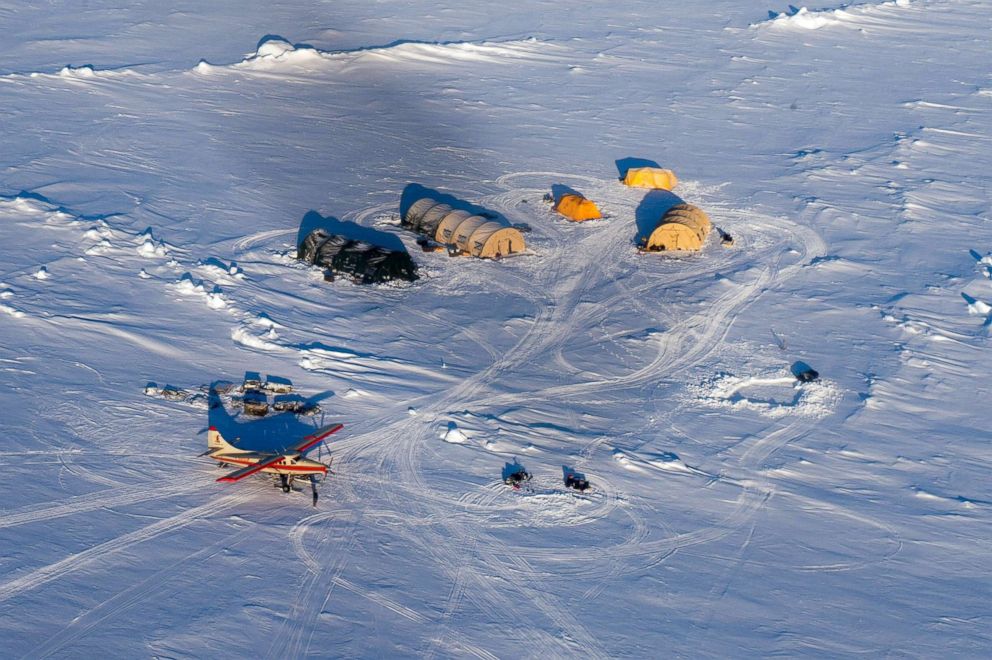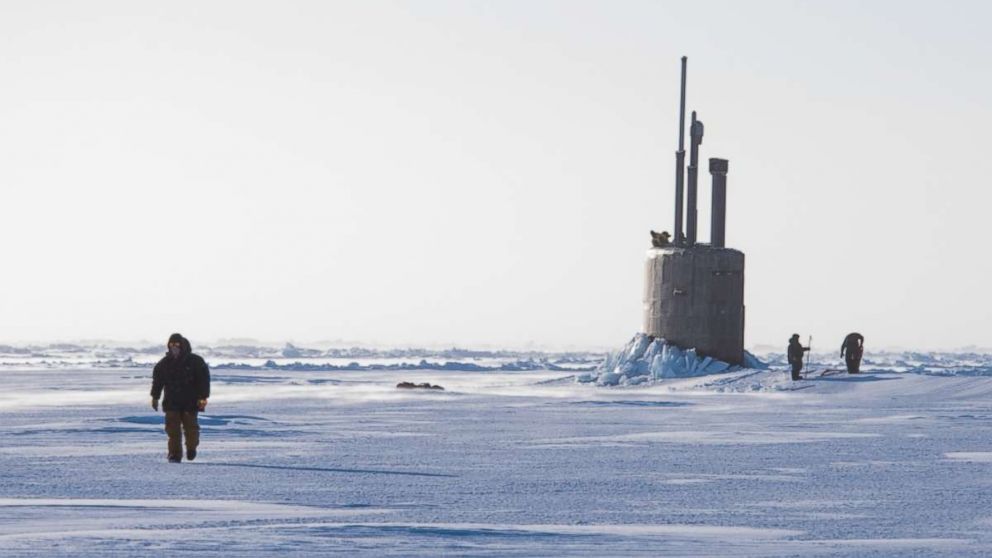Regular US Navy Arctic submarine exercise takes on new importance
It's one of the harshest environments on Earth. But the Arctic is also of growing strategic importance - where the U.S. is in a race with the Russians to dominate the ice and sea militarily and exploit it scientifically.
To that end, the Navy’s ICEX submarine exercise regularly held in the icy Arctic Ocean since the late 1950s has taken on a greater importance than in years past.
ICEX 2018, this year’s version of the exercise held every two years, features two U.S. Navy fast-attack submarines operating in the Arctic Ocean for the next five weeks.
The USS Connecticut and USS Hartford are joined by one submarine from the United Kingdom's Royal Navy this week to conduct multiple arctic transits, a North Pole surfacing, scientific data collection, and other training.
As sea ice declines - largely due to global warming - valuable waterways have emerged, making it possible to access enormous amounts of untapped natural resources.
Russia has led the way in staking a claim, investing heavily in constructing new bases, refurbishing Soviet-era ones and designing communications infrastructure.

But the U.S. military is not conceding the territory.
"ICEX 2018 ... allows the Navy to assess its operational readiness in the Arctic, increase experience in the region, advance understanding of the Arctic environment and continue to develop relationships with other services, allies and partner organizations," the Navy said.


In preparation for ICEX 2018, a temporary ice camp called Ice Camp Skate was established on the ice.
"Skate will serve as a temporary command center for conducting submarine operations, including under-ice navigation and torpedo exercises," the Navy said. "The camp consists of shelters, a command center and infrastructure to safely house and support more than 50 personnel at any one time."

U.S. submarines have completed missions in the Arctic for over 70 years and the camp is named after the USS Skate, the first submarine to surface through open-water surrounded by ice in 1958 and the first submarine to surface through the arctic ice at the North Pole in March 1959, according to the Navy.
ABC News' Patrick O'Gara contributed to this report.




